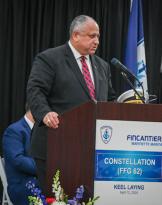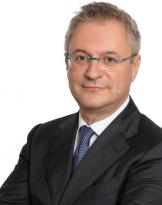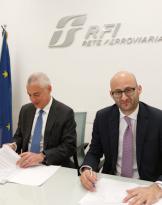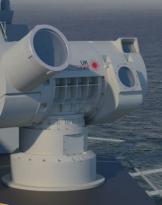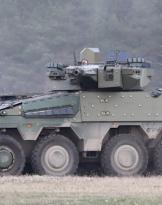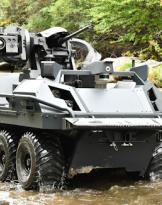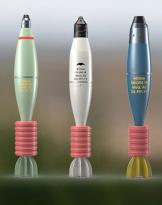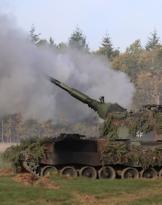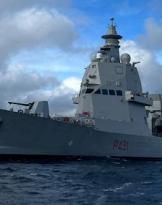The UK Maritime and Coastguard Agency will adopt Leonardo's latest model of Osprey radar to support search and rescue missions, border protection, fishing and pollution monitoring. The Osprey 30 will be installed on board two modified Beechcraft King Air aircraft, supplied to the Agency by the UK-based air transport service company 2Excel.
Currently, the British Maritime and Coast Guard Agency operates Leonardo's Seaspray 7300E radar, which has been used very effectively for monitoring legal fishing and pollution in UK waters. The system is equipped with a patented solution for detecting small targets, which allows to identify people dispersed at sea at long distances, even in the most controversial environmental and maritime conditions. The radar also allows crews to detect oil spills and illicit environmental behavior over long distances, both day and night.
The 2Excel company will equip the Maritime Agency and Coast Guard Beechcraft King Air with the second generation Osprey radar, the latest in the range of electronic scanning surveillance sensors. The Osprey benefits from all the capabilities of the Seaspray family while adding further optimized modes and capabilities for producing land and coastal images. This makes it ideal for operations in mixed environments such as coastlines.
Coast Guard planes generally use radars with narrow fields of vision and limited detection capabilities which therefore make resource-intensive and tiring searches. Leonardo's systems offer a solution to these problems. The company is a world leader in Active Electronically Scanned Array (AESA) electronic scanning technology, which uses an array of hundreds of tiny radar modules that direct the electron beam, rather than mechanically moving the sensor to the target. In this way, crews can take off, scan 360 degrees, detect, track and classify hundreds of maritime targets almost instantly. This allows to commission, in a rapid way, to cooperating aircraft the in-depth research on an area of interest. This technology is also highly reliable, since the radar can continue to operate effectively during a mission even in the event of a malfunction of a number of its individual modules.
Customers from 30 countries have already chosen Leonardo's E-scan sensors, such as the Seaspray and Osprey families. The U.S. Navy also purchased the Osprey 30 for the Fire Scout remotely piloted helicopter program.


